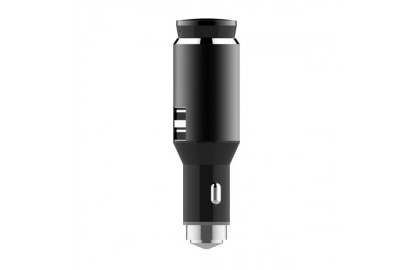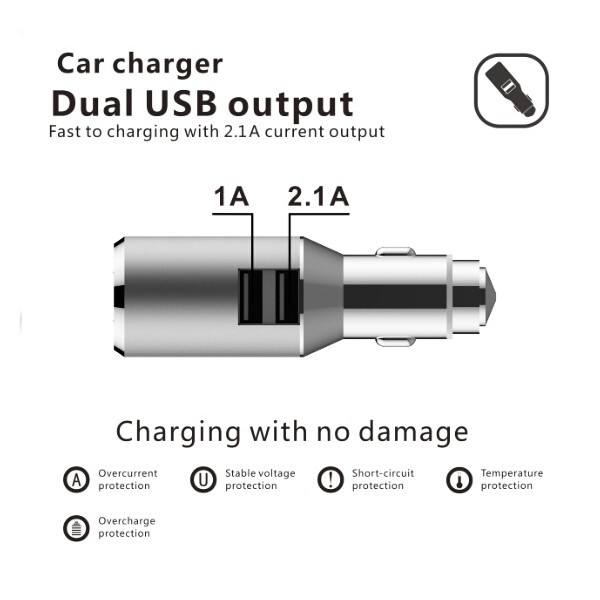Car charger, are you using it right?


Various mobile charging methods are favored
Most car chargers
It's plugged into the car's cigarette lighter
One end can be connected to a cigarette lighter, and the other end is a USB interface. Generally speaking, the car charger converts the DC power of the cigarette lighter socket of 12 volts (12 volts for cars, 24 volts for trucks) into 5 volts of USB voltage, and Charge electronic products through the charging cable.
When the output current is too large and exceeds the normal output value, the life of the charger components will be shortened or damaged or even burned due to excessive temperature, so it must have overload protection devices and flame retardant properties
1Choose a well-known brand
Although the price is higher, the quality is guaranteed. The price of the car charger has a lot to do with the material used in the product. Many cheap products use non-flammable shell materials to reduce the cost of the product, and there is no fuse design.
2 Look for 3C certification
Check the outer packaging information, production standards, factory name and address, etc., and have the 3C certification mark. The car chargers that do not meet the standards have caused troubles due to imperfect technology, and manufacturers arbitrarily falsely standardizing rated output and "carrying capacity".
3
Do not blindly pursue greatness
It is recommended that car owners do not blindly pursue high current, multi-interface, multi-function and charging speed. Excessive current and poor technology may cause greater danger when encountering faults.
How to use it correctly?
1
Not suitable for use in high temperature and humidity
In summer, when the temperature inside the car is too high (generally over 45°C), it may damage the internal circuit board. At the same time, the car charger should be prevented from entering water or being placed in a humid environment for a long time, as the internal electronic components are easily oxidized and corroded.
2 Use after starting the vehicle
When the car is started, the power system in the car will generate a large voltage instantaneously, which will have a certain impact on the car charger. If the "overvoltage strength" of the car charger does not meet the standard, there may be a short circuit at the moment when the car is ignited. The car should be started first and then plugged into the car charger.
3
Don't unplug in time
The car charger is only a temporary emergency power supply, and should be unplugged in time after parking and use. Although the cigarette lighters of many vehicles will stop supplying power after the car is turned off, there are still many cars that continue to supply power.
